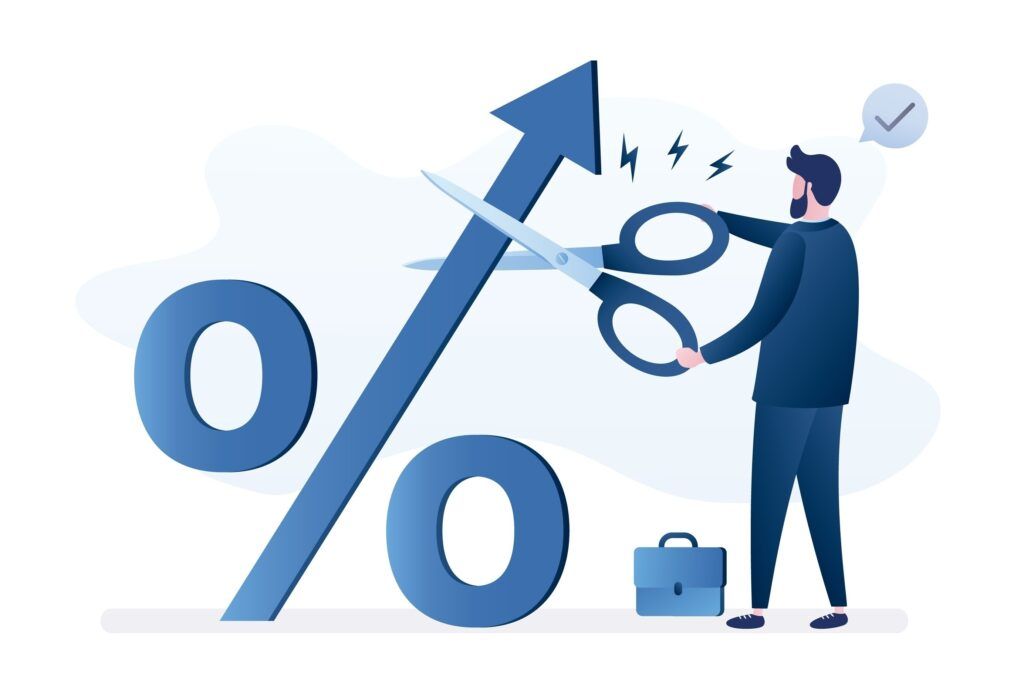Quick Links
Contact Us
Send a Message
Newsletter
We will get back to you as soon as possible.
Please try again later.
The Bond Market Corner – Fall 2020

In the third quarter, other than a modest steepening in the yield curve, the bond market essentially marked time. The 10-year US treasury note ended the third quarter at .69% versus .65% at the end of June. The two-year treasury declined from .15% at the end of June to .13% at the end of the third quarter. In September the equity market corrected with the Nasdaq declining as much as 10% during in the month.
Typically, the bond market is a haven of stock market stress. However, more recently, bond yields have not declined when equities have been under pressure. This signifies that interest rates may have limited downside reflecting the already low level of rates and the fact that the Fed has stated that it will not follow a negative interest rate policy in the US. The unattractiveness of interest rates becomes clearer when comparing the 1.6% dividend yield on the S&P 500 to the .69 % yield on the 10-year treasury. Record low interest rates not only make bonds unattractive they also helped fuel the stock market rally by making its relative return even more attractive.
Implications of an extended period of low rates
At its most recent meeting, the Fed stated it would keep rates low for an extended period and tolerate higher inflation to offset periods of lower inflation. Essentially this means we can expect short term interest rates to remain close to 0% for a long period perhaps until 2023 or 2024. This does not mean intermediate and longer-term rates can’t rise periodically when inflation rises, and investors begin to anticipate an inflationary environment. However, investors should not expect to earn more than low single digit yields in the bond market for the foreseeable future. The danger for investors is to avoid taking undue risks in their quest for higher yields.
Not everyone will benefit equally from low rates. Borrowers will clearly benefit. Low mortgage rates have already fueled a housing market rebound and a refinancing boom. Savers will see earnings reduced and those retired or approaching retirement will see their well laid plans derailed. Since retirees rely on a steady stream of income, often from fixed income investments, they will see that income reduced. Many will need to delay retirement in order to build their nest eggs further.
The Pandemic’s effects on Municipal bonds
The initial fiscal stimulus provided by Congress did not include much in the way of funds for State and Local governments. The Covid-19 pandemic has wreaked havoc on the finances of states and cities as well as other sectors of the municipal bond market. A reduction in income taxes, falling public transit ridership, stalled convention business and reduced hospital revenues have impacted many issuers. While not impossible, for legal reasons, it is difficult for states and cities to file for bankruptcy. Therefore, unless more aid is coming, the stalled economy will soon lead to a forced reduction in municipal work forces further straining economic activity. Not all municipal bonds will be equally impacted. Investors should focus their investments in essential service issuers such as water and sewer and public power bonds as well as general obligation bonds of municipalities with a strong tax base. These will hold up better than bonds that rely on a revenue stream such as issues backed by revenues from sports stadiums, airports or hospitals.
It is imperative for Congress to include aid for states and localities in the next stimulus bill to prevent further economic disruption. Hopefully Congress will see that helping municipalities is as or more important than aiding airlines and cruise companies which they have already done.
About The Author
James K. Ho
Jim has over thirty years of investment management experience. He is a Managing Director and Principal of the firm. Prior to West Branch Capital, Jim was a fixed income Portfolio Manager at John Hancock Advisors. Previously, he managed the John Hancock Tax Exempt Income Trust. Prior to joining John Hancock Advisors, Jim was a Senior Investment Officer at The New England (MetLife), where he managed multiple bond portfolios, including taxable and tax exempt mutual funds and separate accounts. Jim holds an M.B.A. from Columbia University, New York, as well as an M.S. in Applied Math and B.S. in Applied Math and Economics from the State University of New York at Stony Brook. He is a Chartered Financial Analyst and a member of the Boston Society of Security Analysts.
Recent Articles


Categories
Important Links
Subscribe to our newsletter
Newsletter
Thanks for subscribing to our newsletter.
Please try again later.
Our Locations
Contact Us
Send A Message
Footer Form
We will get back to you as soon as possible.
Please try again later.
West Branch Capital was recognized by investor.com as a 2019 Trusted Firm. View our profile. To learn more about the trust algorithm, visit investor.com/trust-algorithm.
The Financial Times 300 Top Registered Investment Advisers is an independent listing produced annually by the Financial Times (June, 2017). The FT 300 is based on data gathered from RIA firms, regulatory disclosures, and the FT’s research. The listing reflected each practice’s performance in six primary areas: assets under management, asset growth, compliance record, years in existence, credentials and online accessibility. This award does not evaluate the quality of services provided to clients and is not indicative of the practice’s future performance. Neither the RIA firms nor their employees pay a fee to The Financial Times in exchange for inclusion in the FT 300.
All Rights Reserved | West Branch Capital



